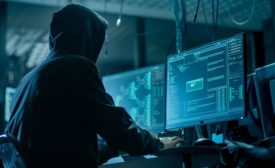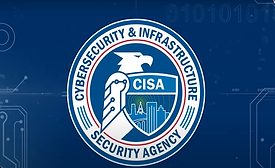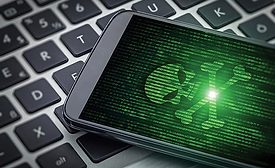Cybersecurity News
The future of SOAR (Is there one?)
SOAR’s place in the fast-moving security arena has changed, and it is being swallowed up by advanced SIEMs. A new Gartner report sheds light on how the market has shifted and lays bare the paradox of smaller SOC teams, who need automated triage the most but aren’t able to maintain a SOAR.
November 18, 2020
Sign-up to receive top management & result-driven techniques in the industry.
Join over 20,000+ industry leaders who receive our premium content.
SIGN UP TODAY!Copyright ©2024. All Rights Reserved BNP Media.
Design, CMS, Hosting & Web Development :: ePublishing












